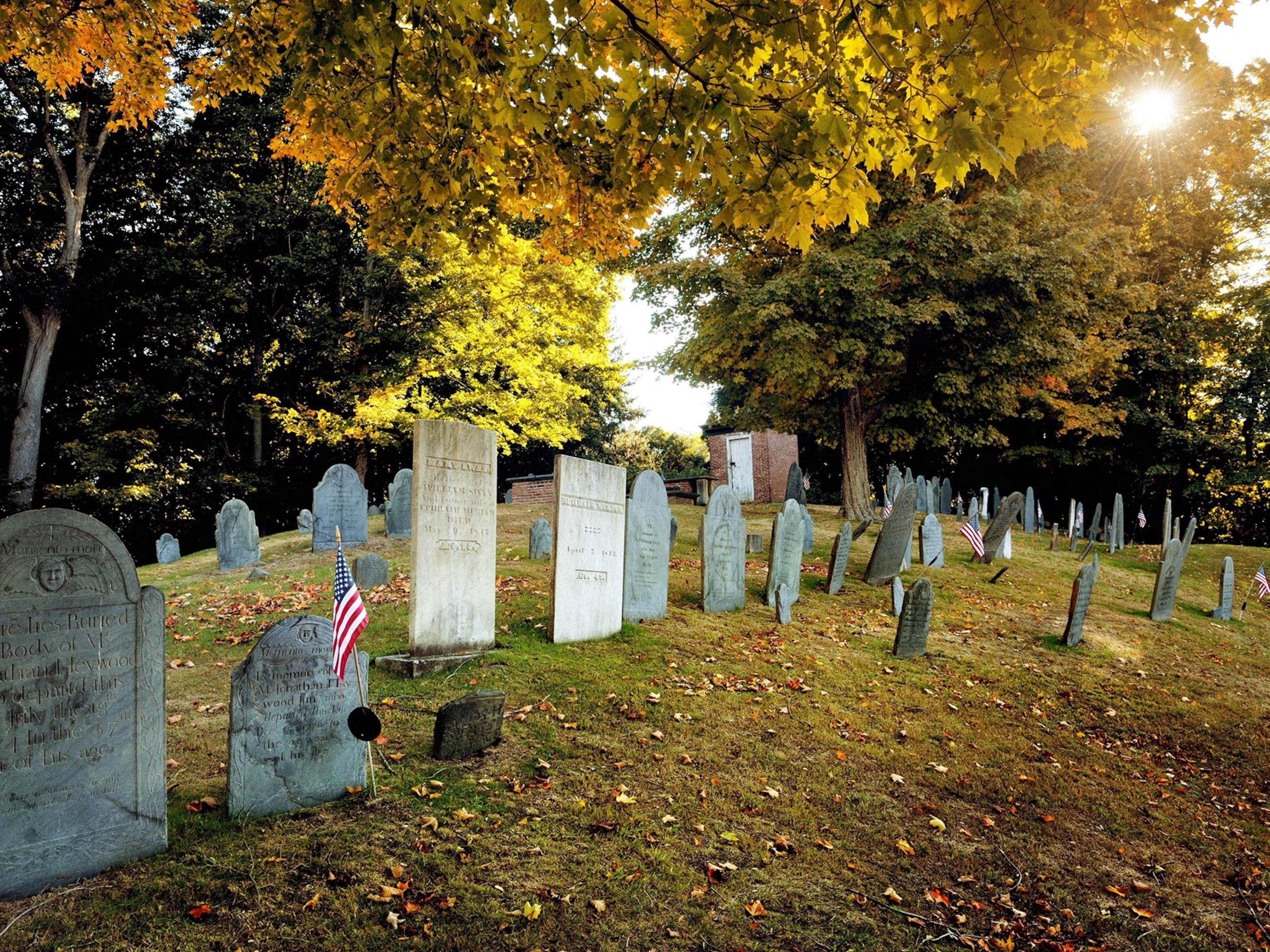This abandoned railroad was London's train for the dead
When urban cemeteries started to fill up, the London Necropolis Railway was built for one purpose: to take the departed to an out-of-town burial ground.

In the mid-1800s London was about to burst. As young ruralists chased new opportunities in industrial jobs, the city’s population more than doubled in the first half of the 19th century. Residents of what was then the world’s largest city were crammed into ever more crowded quarters. Suffocating smoke swelled from the sooty factory chimneys and hung in the air like a shroud. Horse manure coated the streets, and human sewage amassed in the River Thames.
In shadowy parallel to the city’s living conditions, London’s dead were also being crowded. The city’s graveyards were overflowing. Small church graveyards had been the primary place for interring London’s dead for centuries. As the city’s population skyrocketed, these places proved woefully inadequate at supporting the new population. Graves were dug too shallowly and too close together. Hard rains exposed grim scenes of decomposition.
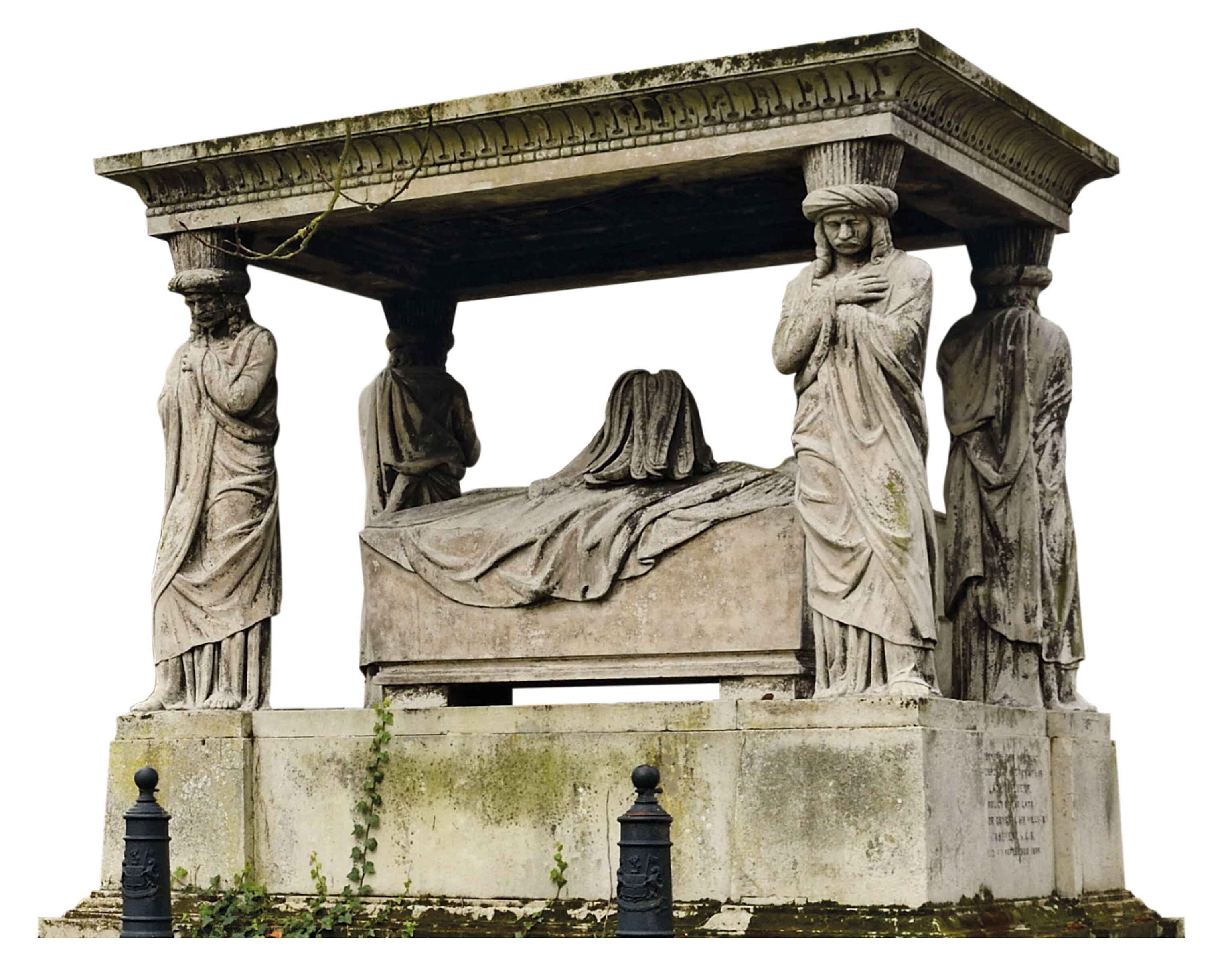
In the 1830s Parliament was moved to intervene. The city’s first large, privately run cemeteries were granted licenses to operate on what were then the outskirts of London. Planned as parklike gardens, spacious and meticulously manicured, these new cemeteries were dubbed the “Magnificent Seven.” The burial sites were costly, so these new sites only staved off the crisis for those who could afford it.
Suburban solutions
As industrialization created both London’s population boom and its corresponding burial problems, two entrepreneurs, Richard Broun and Richard Sprye, believed they had found an answer to the shortage of cemetery space in a new industrial invention: the railroad. They believed this new form of transportation could be the solution for the masses, not just the wealthy.
According to a Dictionary of National Biography article published shortly after his death, Broun had a reputation for being “busily engaged in the projection of a number of schemes, most of them of a somewhat fantastic nature” and promoting them wildly with pamphlets and letters. Together with Sprye, a lawyer who appears to have spent some time in debtor’s prison, they drew up plans for a graveyard so massive they claimed it could hold the remains of all Londoners, forever. (Unusual Medieval burials reveal fears of the undead.)
They would build the graveyard far outside the city, buffering it from the encroachment of a metropolis that was rapidly gobbling up its surroundings. To travel to the distant graveyard, a speedy, affordable railroad would bring mourners—and coffins—from London.
The London Necropolis and National Mausoleum Company was formed in 1852 and embarked on constructing a nearly 500-acre cemetery 23 miles southwest of London in Woking, Surrey. A series of ill-documented agreements and internal disputes shut Broun and Sprye out, leaving them without a penny as the trustees of the company charged on without them.
Graves for the masses
In 1854 the London Necropolis Company opened what was then the world’s largest graveyard. They called it Brookwood Cemetery. Reflecting trends deployed at London’s still new Magnificent Seven cemeteries, Brookwood’s advertisements lauded its “trees, flowers and winding paths diversifying the view” and grounds “laid out with the utmost regard for order.” Its location meant Brookwood provided an escape. Lanes were lined with American redwoods. Visitors could get lost in the vastness of the graveyard’s 500 acres. (American graveyards have become urban havens for plants and animals.)
There was a key difference between Brookwood and those grand London funerary estates: the cost. The distant memorial space was far more accessible to London’s working masses than the grand, urban cemeteries. The railroad journey to Brookwood was much faster—and significantly cheaper—than a horse-drawn hearse ride to the edge of town. Burial plots in Brookwood were more affordable than their urban counterparts. Thanks to the railroad, mourning in the comfort of nature was no longer a luxury reserved for London’s elite.
End of the line
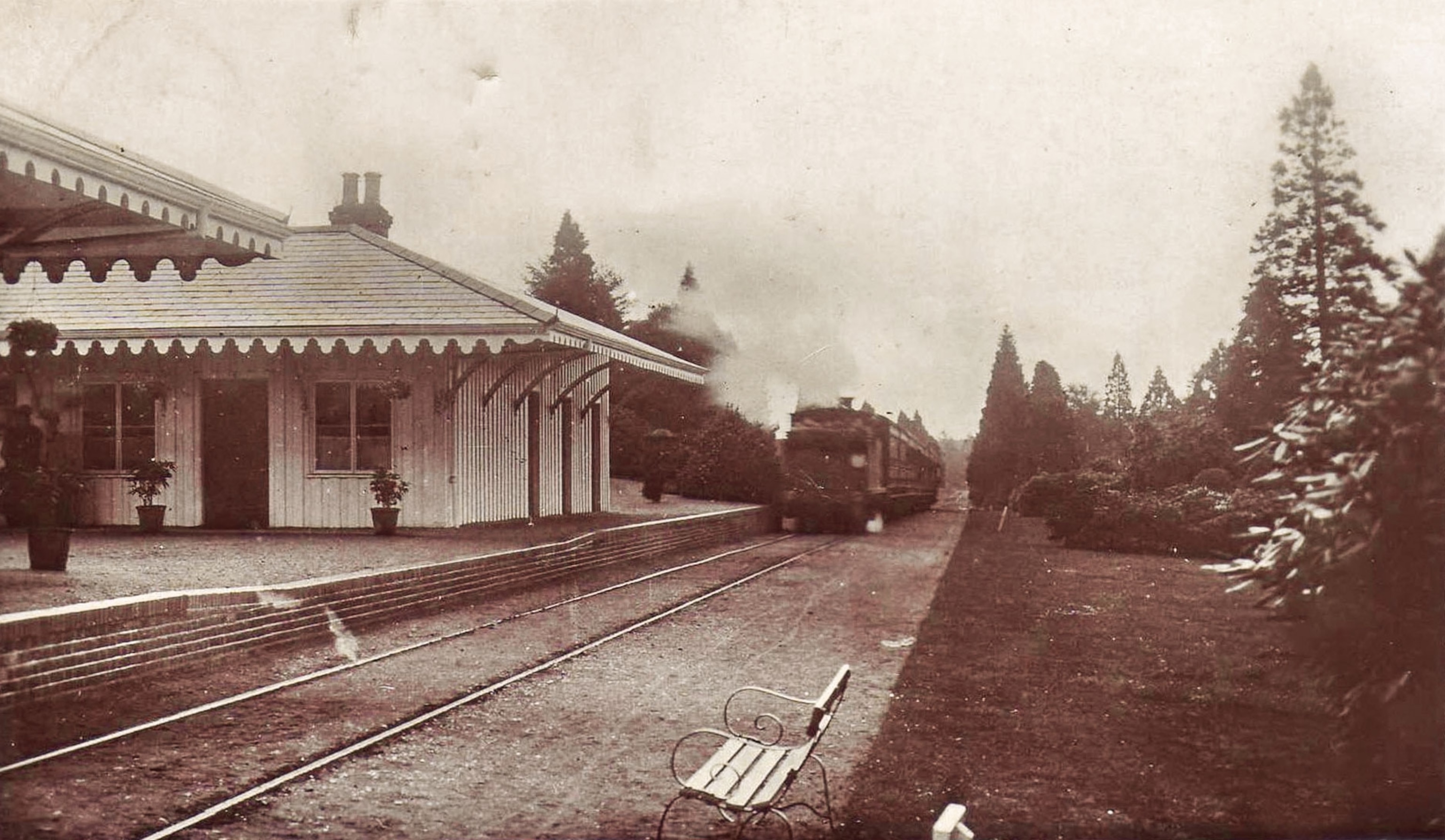
On leaving Waterloo Station, the trains of the London Necropolis and National Mausoleum Company traveled 23 miles to Brookwood almost entirely on existing railroad and were then diverted to the cemetery by a specially built branch line. The Brookwood Cemetery’s two stations—the South Station serving members of the Church of England, and the North Station serving “nonconformists” who were non-Anglicans—reflected conventional railway architecture of the period. Initially, these were temporary structures to be replaced by more elaborate buildings later. Since the venture was never as profitable as planned, the new buildings never materialized. Both stations have since been demolished.
For the dead headed to eternal repose at Brookwood, the process was fairly simple. The coffin was hauled from the place of death (typically via a short horse-drawn hearse ride) and loaded into the shared storage vault beneath the arched entryway of the company’s private terminus at London’s Waterloo Station. Funeral parties gathered in the morning, dressed in black and perhaps clutching their invitations that bore the name of the deceased alongside the train’s departure and return times. Bodies were loaded into dedicated railcars. Mourners bought their discounted rail tickets and stepped into separate passenger cars. Each morning, the funeral train would depart Waterloo, make its solemn journey to the cemetery, and return in the afternoon.
The deceased’s religion determined where their final journey would end. Once inside the cemetery, the train chugged into two stations: one for members of the Church of England and the other for “nonconformists.” The cemetery station buildings often served as the waiting room, the funeral reception area, the living quarters for cemetery employees, and, strategically, the showroom where visitors could peruse an assortment of made-on-site headstones. (Thousands of bodies lie beneath London's Liverpool rail station.)
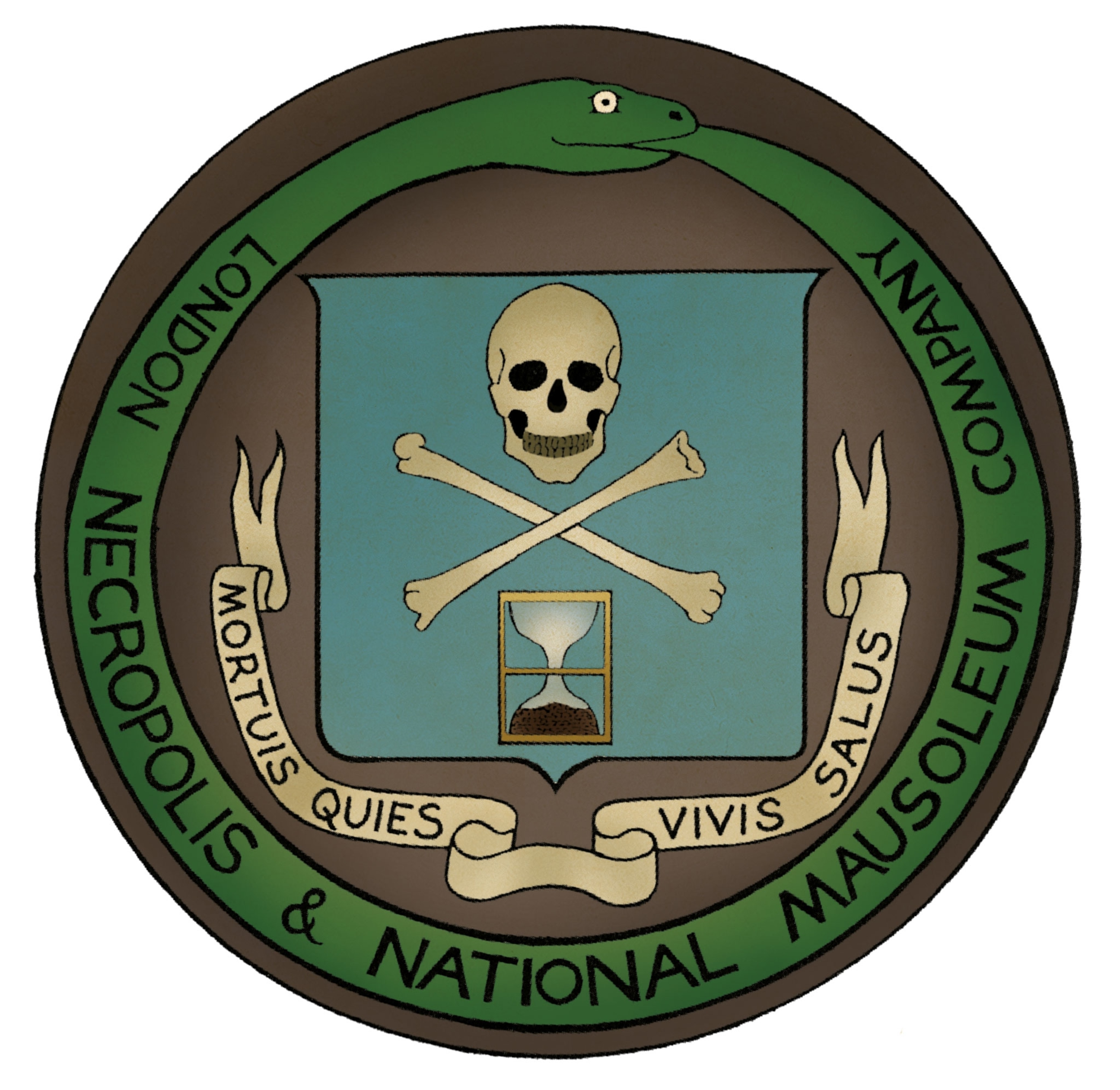
It wasn’t all doom and gloom in these stations. They also housed their own pubs. (It’s unclear if the signs declaring “Spirits served here” were intended to be a point of levity.) The daughter of one of the cemetery’s staff recalled, years later: “In addition to catering for mourners, who mostly came down from London by train, we also had local people who walked through the cemetery calling in for afternoon tea. Of course the bar was an added attraction, as it had a full license and kept to pub opening hours, much to the delight of the locals.”
Decline of a death train
The cemetery-railway partnership was never as successful as planned. In their early estimations, Broun and Sprye planned to take in 50,000 bodies a year, but in the first 20 years of operation, that annual number only averaged about 3,200. And after a hundred years of operation, the cemetery was home to just 216,390 permanent residents. The founders’ goal had been five million.
Throughout the second half of the 19th century, Parliament passed a series of laws that cleaned up inner- city graveyards and required local governments to provide burial grounds as a public service. In the 1900s cremation grew in popularity, and motor hearses made trekking to suburban cemeteries more affordable.
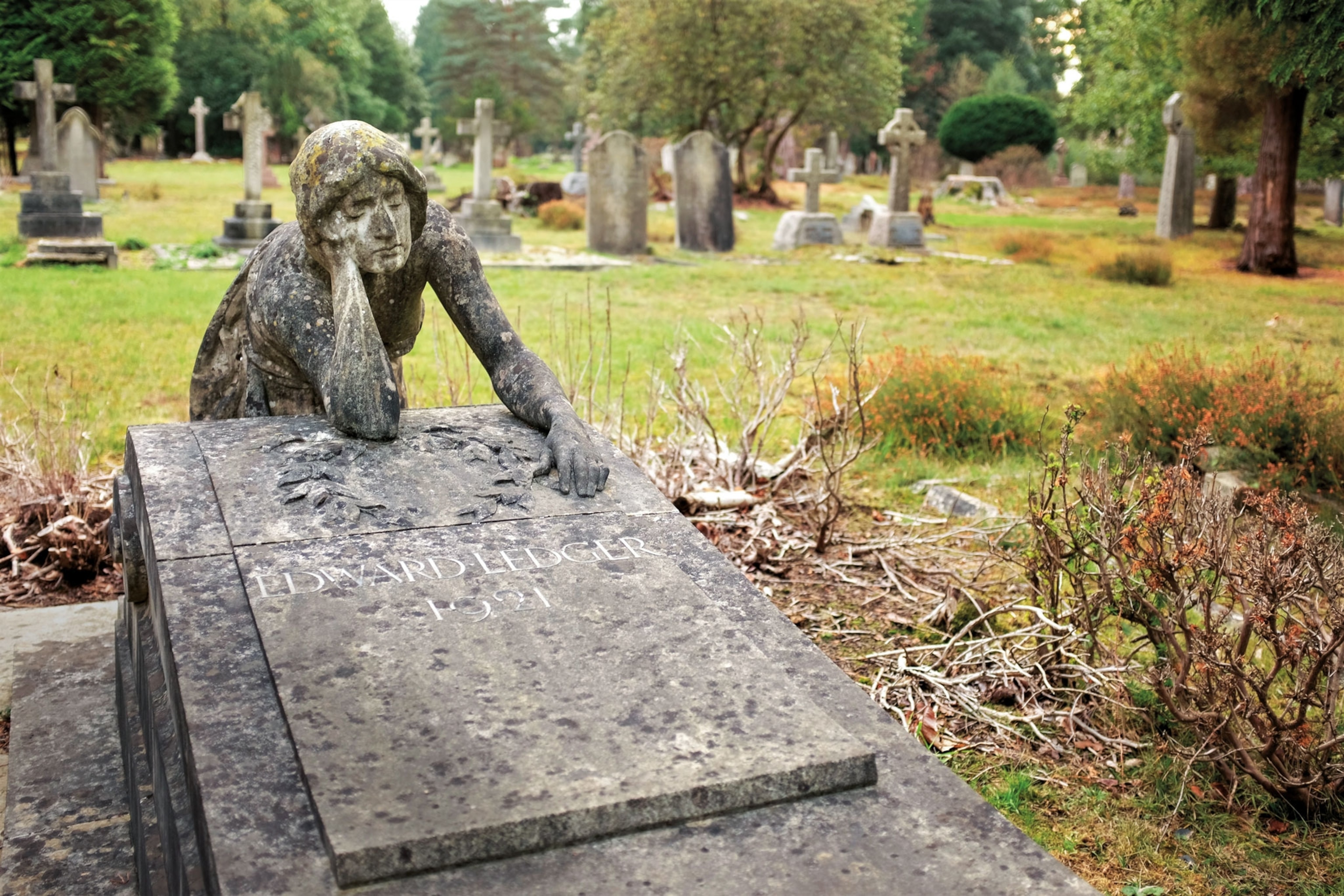
All of this meant that demand for the funeral train fell. The railway operators grew frustrated when golfers, dressed as mourners, repeatedly used the coffin train to get to a nearby golf course on the cheap. There were even accounts of funeral directors having a bit too much spirit at the graveyard pubs. By the 1930s the trains rarely ran more than twice a week. (See 24 spooky places around the world.)
A nail in the coffin for the Necropolis Railway was the 1941 bombing of Waterloo Station, which led to the permanent closure of the venture. At Brookwood, the company sold off unused parcels of land to stay afloat. The train tracks were removed, making way for walkers and automobiles (though the cemetery station’s pub hung on for many years). After a period of near abandonment in the 1970s, the cemetery managed to bounce back from moribundity and now conducts burials. Today, a small section of railroad tracks, a memorial plaque, and a cemetery street called Railway Avenue hold the history of the once trailblazing scheme.






